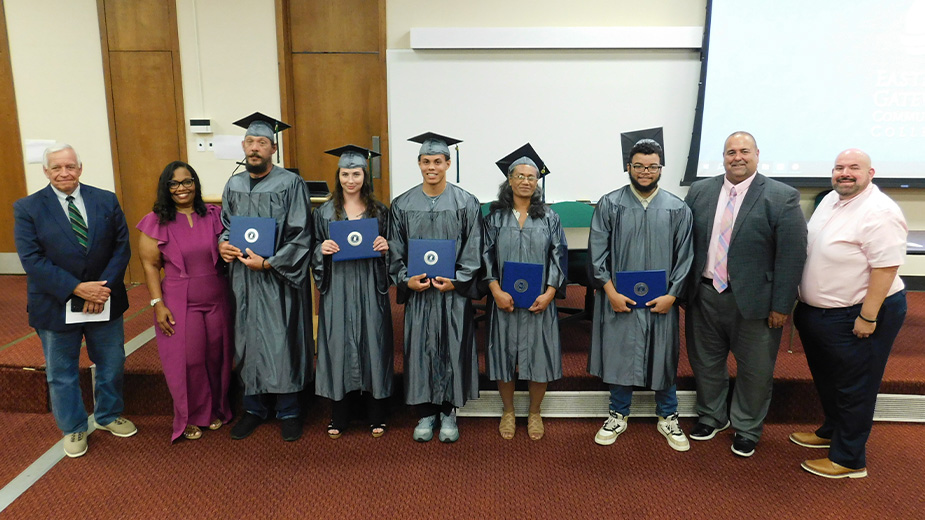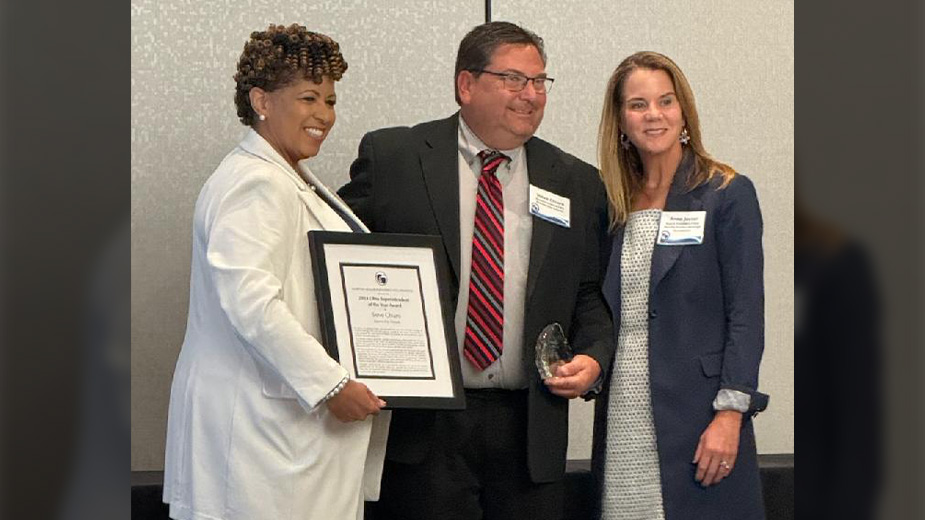Ohio Awards CWRU $1.65M to Develop Energy Storage
CLEVELAND — Ohio’s Federal Research Network has awarded Case Western Reserve University $1.65 million over two years to research and develop energy storage resources for the defense and aerospace industries, the university announced Friday.
The award is an aspect of the state’s strategy to stimulate economic development and create jobs.
The state award was made with the hope it will draw additional funding from the federal government and from industry. It creates, as part of Case Western Reserve’s Great Lakes Energy Institute, the Partnership for Research in Energy Storage and Integration for Defense and Space Exploration – or Presides — Center of Excellence, a new consortium with other Ohio universities and industry partners.
The network Centers of Excellence seek to advance the research and commercialization of developing technologies within Ohio, especially those supporting NASA Glenn Research Center here and the Air Force Research Laboratory at Wright-Patterson Air Force Base, Dayton.
Case Western Reserve is one of four universities in Ohio to receive Round 1 awards for 2016-2017. Those awards total $7.1 million from the state.
“We are focusing on developing next-generation batteries that are safe and lightweight and high-performance to enhance applications across sectors,” Alexis Abramson, professor of mechanical and aerospace engineering and director of the Great Lakes Energy Institute at Case, said in the news release. Abramson is director of Presides.
Partners are Ohio State University, University of Akron, University of Toledo and University of Dayton, and, from industry, Lubrizol Corp., pHMatter, GrafTech, CRG and UES Inc.
For the first round of funding, three energy storage projects will be launched that support the Federal Research Network’s plan to establish and maintain Ohio as a leader in federal research.
The projects:
- Exploring the development of a high-energy density lithium-ion battery. Success would transform current lithium-ion chemistries to produce batteries with greater capacity and longer life by using novel silicon anodes.
- Investigating a new approach to lithium-sulfur battery development using a solid-ion, ceramic-based electrolyte and graphene cathode to meet the target requirements—the result of which would be a battery that safely operates in high temperatures.
- Exploring a new approach to store energy with a focus on embedding batteries within a structure, thus reducing its overall weight.
The three projects “will address several critical scientific challenges in realizing high energy-density lithium batteries,” said Rohan Akolkar, an associate professor of chemical engineering at the Case School of Engineering and faculty director of Presides. “Our teams will aim to develop new battery materials for improving battery performance and safety.”
The goal is to create commercially viable energy storage technologies that benefit AFRL and NASA Glenn and have the potential to attract more federal and industry investment.
A broad range of NASA science, human exploration and aeronautics missions need high-performance, rechargeable batteries for load-leveling and electrical power.
Copyright 2024 The Business Journal, Youngstown, Ohio.



